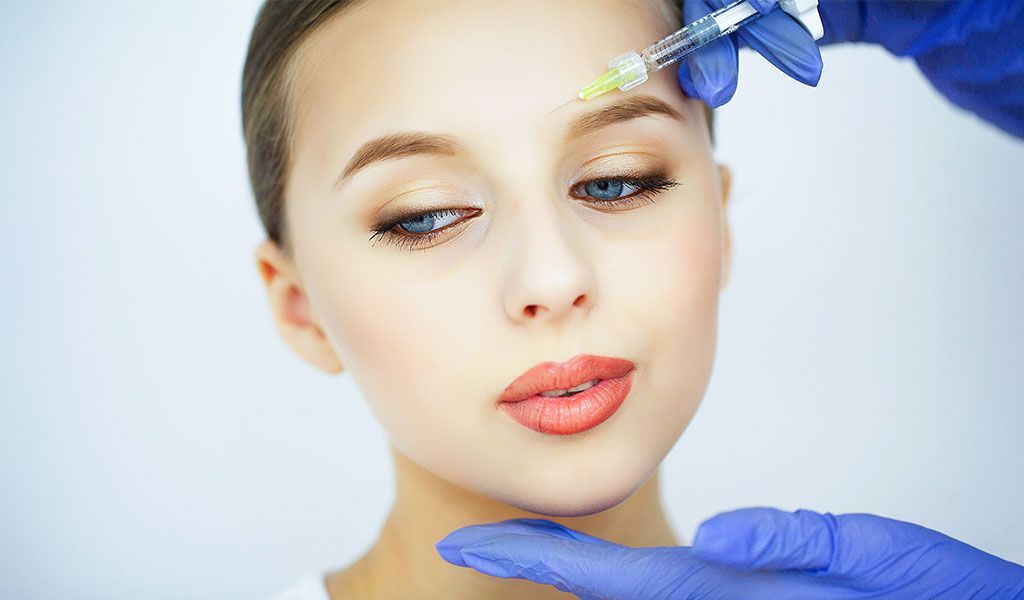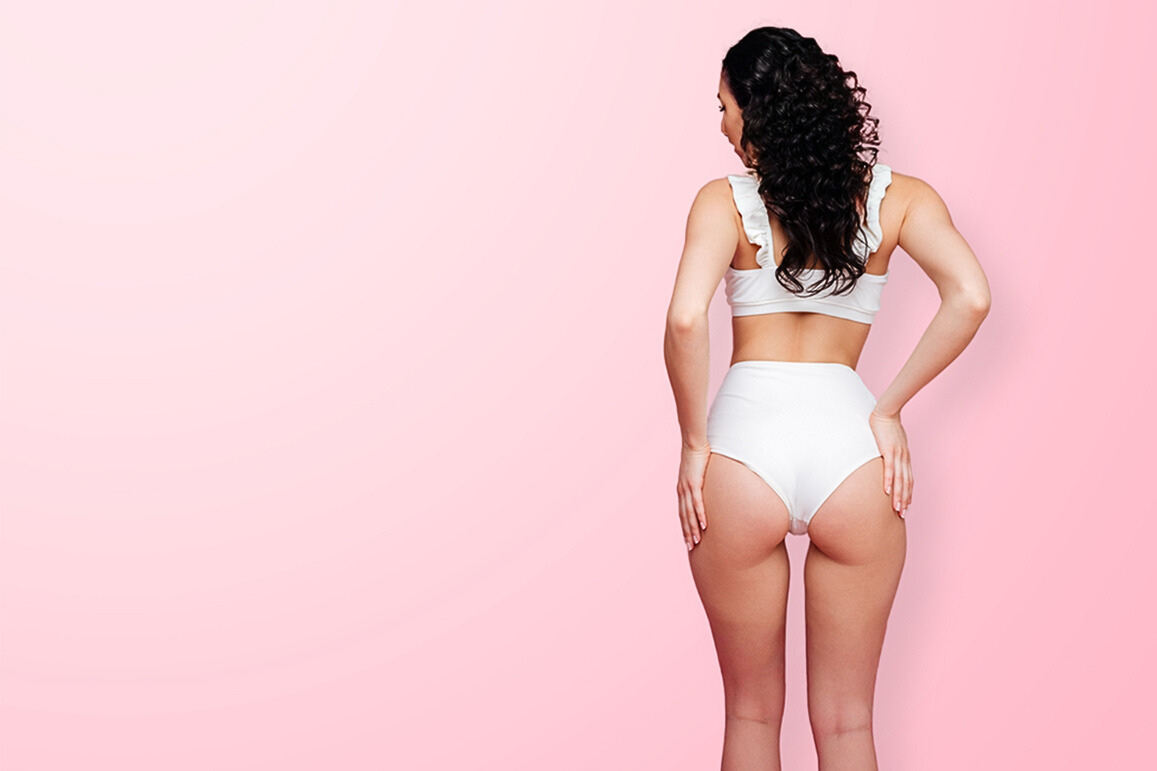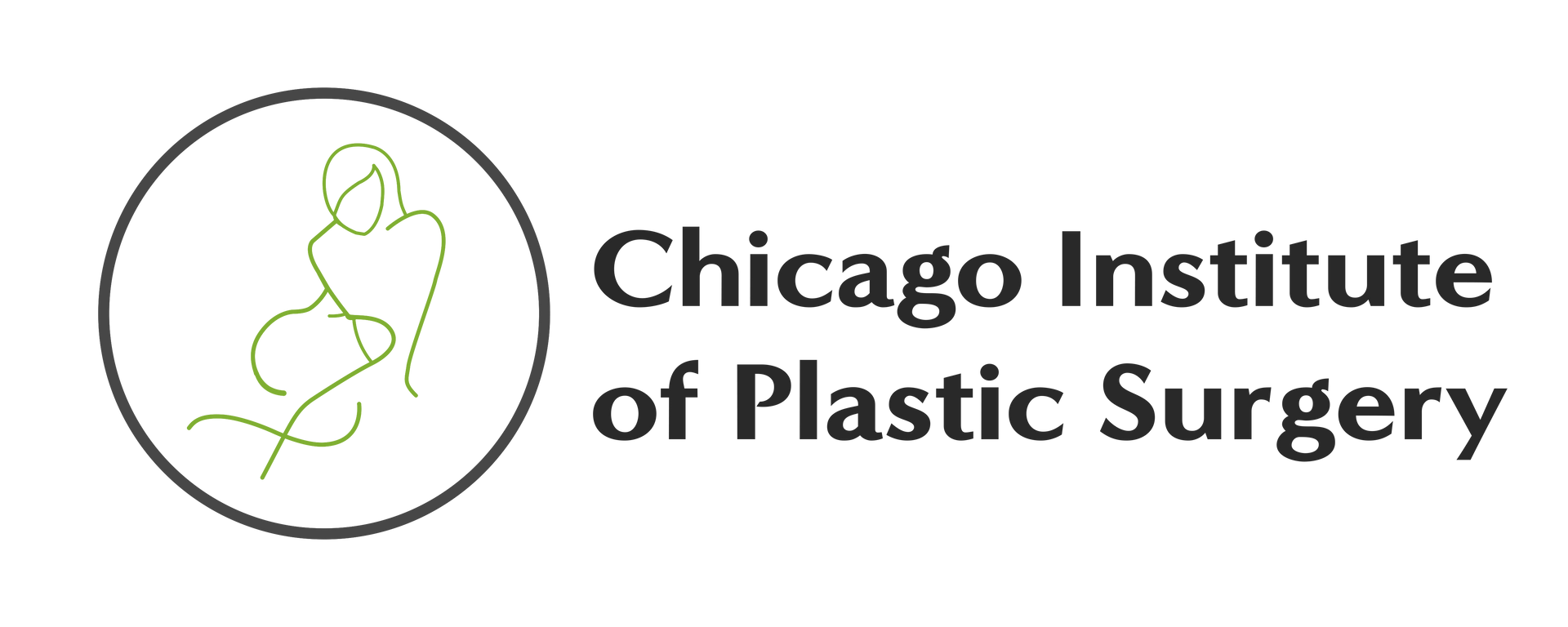Age-Defying Glow, Exploring the Varied Wonders of Botox Treatments
Are you longing for a youthful, radiant glow that defies your age? Look no further than the varied wonders of Botox treatments, including Tummy Tuck, thigh lift surgery in Chicago , Botox cosmetic surgery, and laser hair removal.
Discover the history, how it works, and the common uses of this age-defying treatment.
Learn about the benefits and risks, and find the right Botox provider to ensure optimal results, alongside tummy tuck surgery in Chicago , thigh lift, Botox cosmetic surgery, and laser hair removal in Chicago options.
With our expertise, we'll guide you on your journey to achieving the age-defying glow you desire.
Get ready to embrace a new level of confidence and intimacy.

The History of Botox
To understand the origins of Botox, you must first delve into its fascinating history.
Botox has its evolutionary origins in the discovery of the botulinum toxin, a neurotoxic protein produced by the bacterium Clostridium botulinum. In the late 19th century, scientists began to study the toxin and its effects on the human body.
It was later found that small doses of the toxin could be used to treat certain medical conditions, leading to its cultural significance as a therapeutic agent.
However, it wasn't until the 1990s that Botox gained popularity as a cosmetic treatment for reducing wrinkles and fine lines.
Today, Botox has become a common procedure in the field of aesthetic medicine, offering individuals a way to enhance their appearance and regain their youthful glow.
How Botox Works
To understand how Botox works, you can continue exploring its fascinating history and delve into the science behind this popular cosmetic treatment.
Botox, derived from the bacterium Clostridium botulinum, is a neurotoxic protein abbreviated from Botulinum toxin.When injected into targeted muscles, it works by blocking the release of acetylcholine, a neurotransmitter responsible for muscle contraction. By temporarily paralyzing these muscles, Botox helps to smooth out wrinkles and fine lines, giving you a more youthful appearance.
The science behind Botox lies in its ability to interrupt the communication between nerves and muscles, preventing muscle contractions that lead to wrinkles.
While Botox is a highly effective treatment, there are alternative wrinkle treatments available, such as dermal fillers and chemical peels, which you can discuss with your dermatologist to determine the best option for you.
Common Uses of Botox
You may often wonder how Botox is commonly used to address various cosmetic concerns. Botox injections have become a popular choice for reducing the appearance of fine lines and wrinkles, particularly in the forehead and around the eyes. By relaxing the muscles responsible for these wrinkles, Botox can provide a smoother and more youthful appearance.
Additionally, Botox is often used to treat excessive sweating, migraines, and muscle spasms. While Botox is an effective solution, it's important to consider the potential long-term effects. Some individuals may experience temporary weakness or drooping of the muscles in the injection area.
It's also worth exploring alternative treatments, such as dermal fillers or laser therapy, which can provide similar results without the need for injections. Consulting with a qualified professional will help you determine the best course of action for your specific concerns.
Benefits and Risks of Botox
If you're considering Botox, it's important to understand the benefits and risks involved. Botox has gained popularity for its ability to reduce the appearance of wrinkles and fine lines, giving you a more youthful and refreshed look.
The benefits of Botox include its effectiveness in smoothing out wrinkles, its non-invasive nature, and its quick results. However, it's essential to understand the potential risks and side effects thoroughly.
Though uncommon, temporary bruising, redness, or swelling may occur at the injection site for some individuals.. In rare cases, there may be more serious side effects such as muscle weakness or drooping. It's also important to consider the long-term effects of Botox, as its repeated use may lead to muscle atrophy or resistance to the treatment.
It's essential to consult with a qualified professional to discuss the potential benefits and risks before making a decision.
Finding the Right Botox Provider
As you explore the benefits and risks of Botox, it's important to consider finding the right provider to ensure a safe and effective treatment.
When it comes to choosing a reputable Botox provider, there are a few key tips to keep in mind. First, do your research and look for providers who've extensive experience and a proven track record of success. You can also ask for recommendations from friends or family members who've had Botox cosmetic treatment in Chicago .
During a Botox consultation, be sure to ask the provider about their qualifications, training, and any potential side effects or risks associated with the treatment. Additionally, inquire about the type of Botox they use and whether they offer any guarantees or follow-up care.
Conclusion
In conclusion, Botox treatments have revolutionized the field of cosmetic procedures, offering individuals the opportunity to achieve an age-defying glow.
Understanding the history, mechanism, common uses, and associated risks of Botox is crucial for anyone considering this treatment.
By finding the right Botox provider, you can ensure a safe and effective experience.
Consult with a qualified professional to explore the wonders of Botox and discover the potential benefits it can bring to your aesthetic goals.











